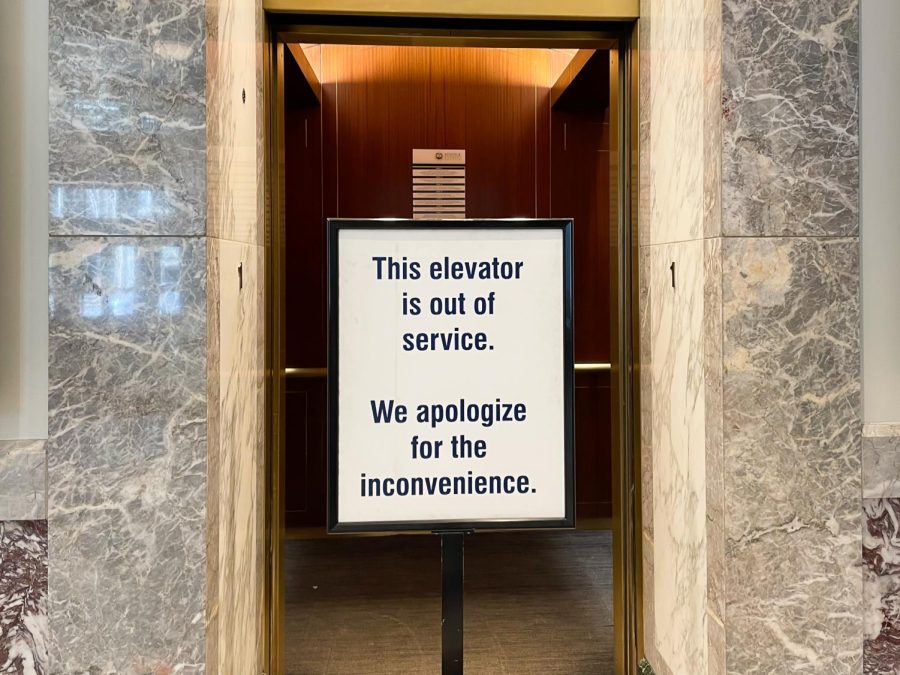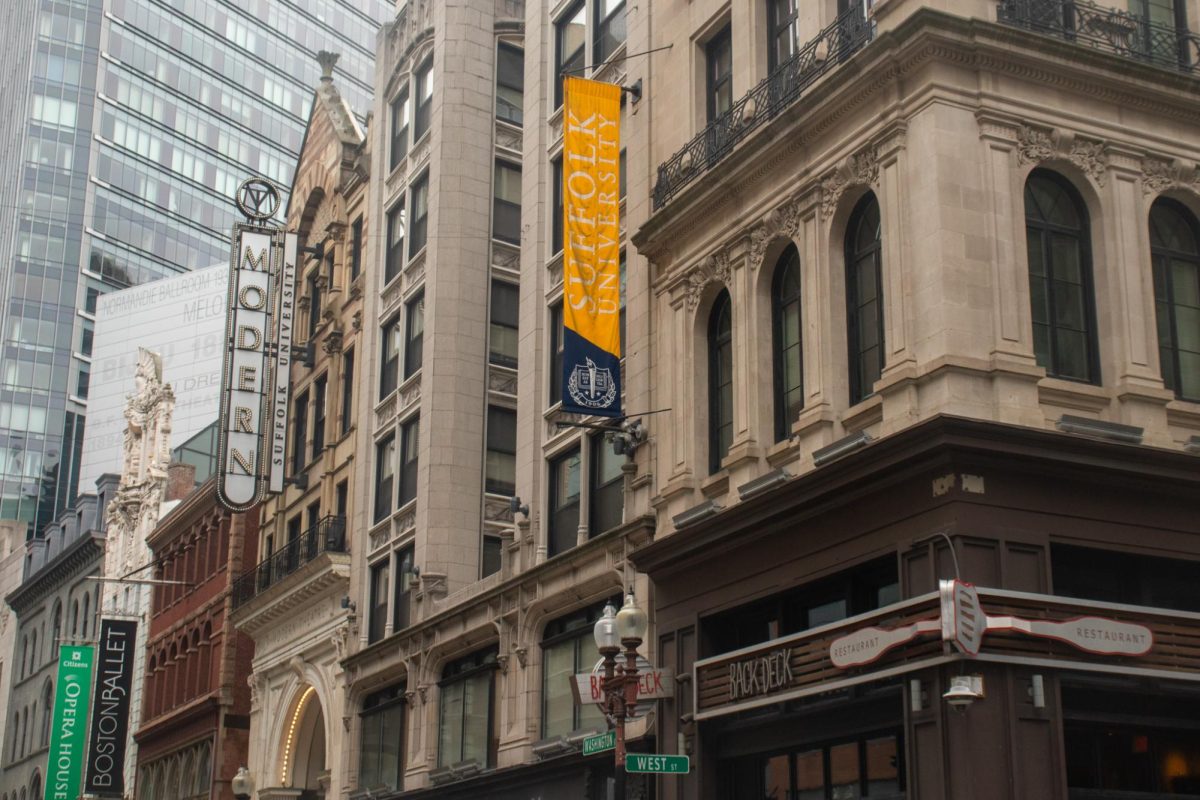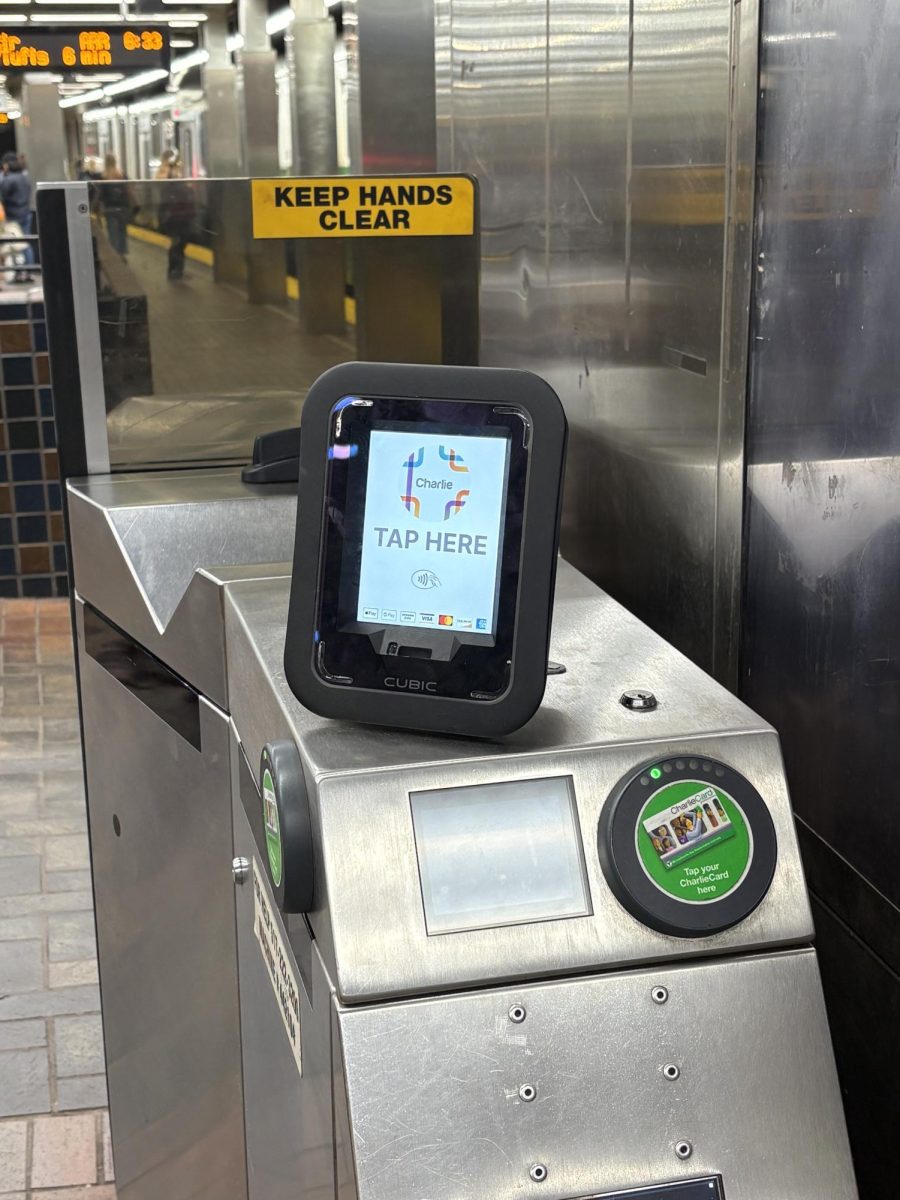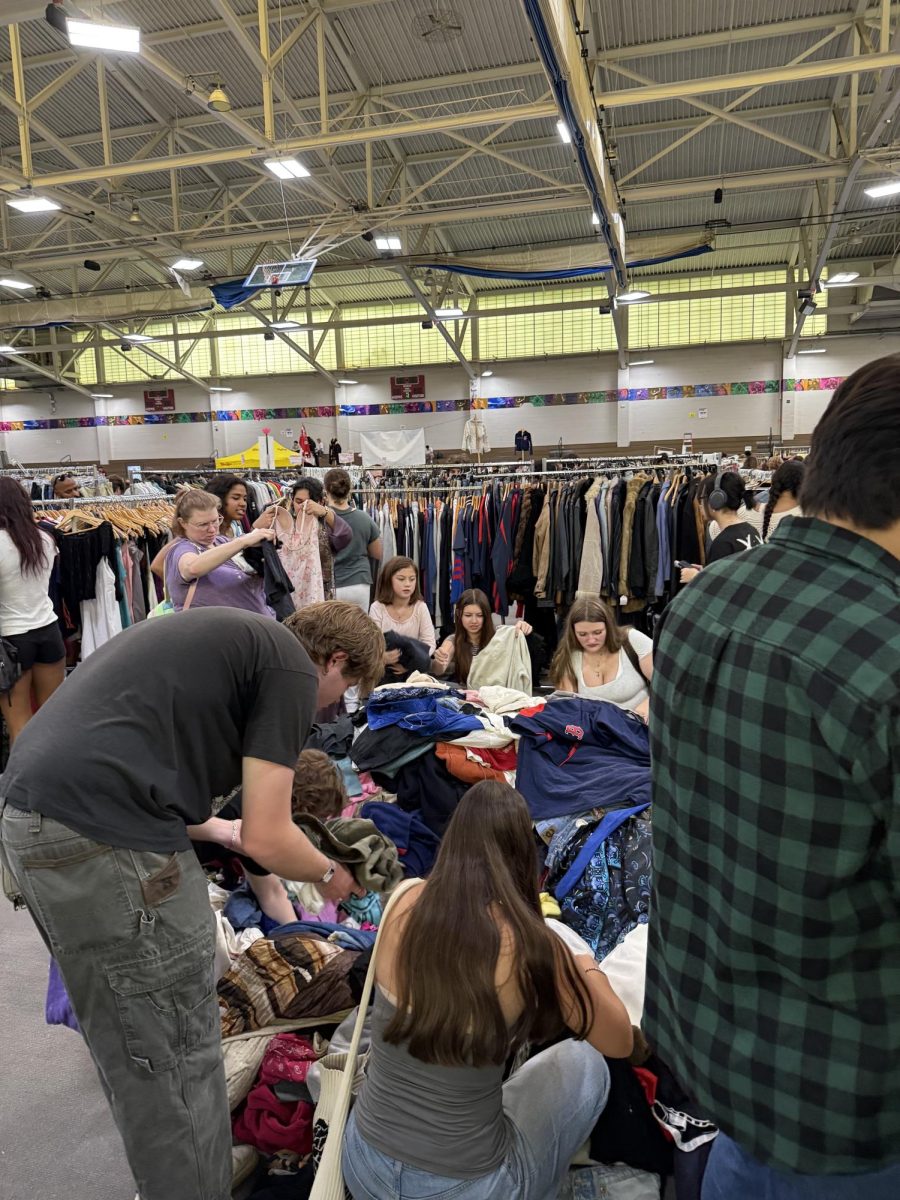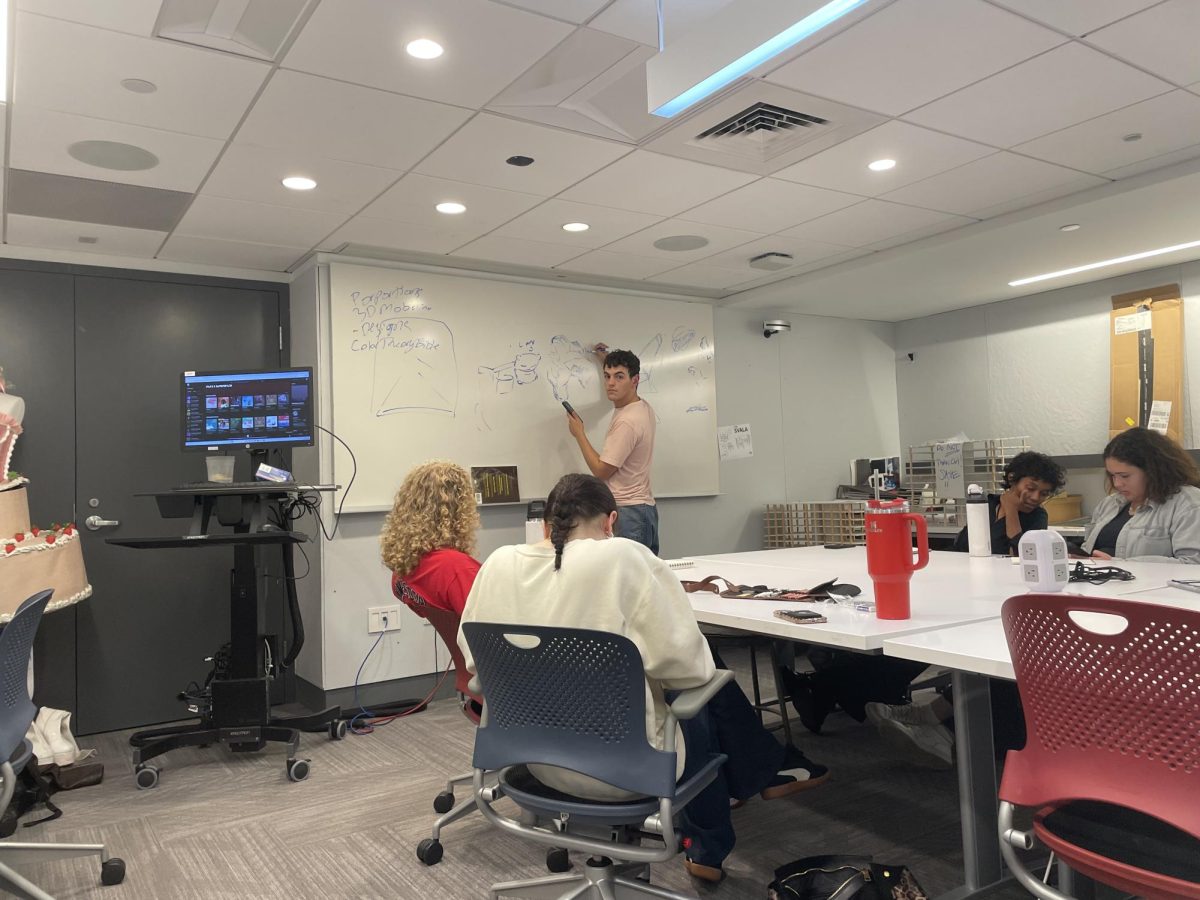It’s no secret that Suffolk University’s main attraction is that it lies in the heart of Boston. Suffolk’s non-traditional campus comes with many perks — easy access to public transportation, entertainment venues and great restaurants — but each university building is at least 10 stories tall, which can make it difficult for students to get from point A to point B when the elevators aren’t working.
Katelyn Brunt, a freshman marketing major, said that the inconsistent availability of elevators has made her late to class on multiple occasions.
“The elevators seem to be extremely slow and quite often don’t really work. Especially in Sargent and Sawyer, where sometimes the only option is elevators, I’m often stuck waiting for long periods of time when I don’t necessarily have the time to wait,” Brunt said.
Elevators being down is not only an annoyance but a barrier for some students. According to the Director of the Office of Disability Services, Andrew Cioffi, about 10-12% of Suffolk students have disclosed a disability to the university.
Not being able to use an elevator can mean students may have to miss out on classes if they can’t use the stairs. While the Office of Disability Services can offer accommodations for students who need to re-evaluate their class schedule based on their ability to get to class, Cioffi said all students should have the option to use the elevators when they need to.
“An accommodation is something that a student would be eligible for, but something like access to buildings and elevators is different,” said Cioffi, “That access needs to be provided. Students shouldn’t be required to register with our office or provide documentation just to be eligible to use an elevator.”
For students like Harry Murphy, a freshman broadcast journalism major, elevators being out of commission can mean their commute to class becomes unnecessarily painful. Murphy, who had a major knee surgery in March and lives on the 10th floor of One Court Street, said that elevators being out of order makes it difficult to get to class.
“As somebody that can not use stairs without a good amount of discomfort, it’s frustrating because I feel like when the elevators are out of order, it takes a very long time for the university to fix them,” Murphy said.
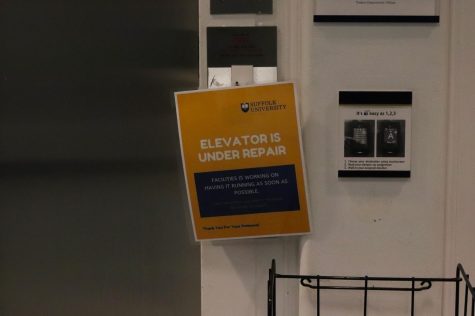
Shannon MacArthur, a freshman history and literature major, also experienced difficulty using the elevators in Court Street after she was injured last semester while running for the track team.
While MacArthur was on crutches and in a boot for a week, the elevator on the ninth floor’s down button was pushed out and inoperable.
“To leave the building I either had to attempt to walk down the narrow stairs in Court Street or wait and call an elevator to go up and then take it down, which was also inconvenient,” MacArthur said.
In November, Director of Facilities and Campus Planning Ashley Lindsey spoke to SGA senators about residential life and housing issues, as reported by The Journal.
Lindsay said all elevators were expected to be fully functional by the spring semester. She explained that much of the hold-up around the elevators is because workers are unable to get specific parts from China needed to fix them.
Lindsay emphasized the importance of using the work order form to bring issues to the attention of facilities. Without the use of the form, facilities are unable to do their “due diligence,” she said.
Follow Leo on Twitter @leowoods108.


